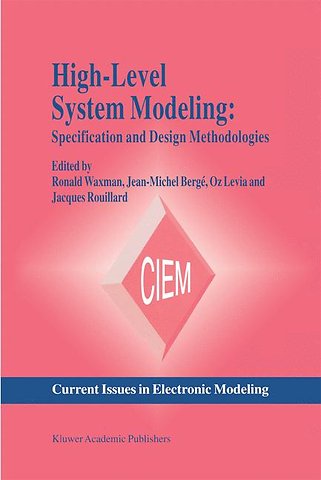High-Level System Modeling
Specification Languages
Samenvatting
A reactive system is one that is in continual interaction with its environment and executes at a pace determined by that environment. Examples of reactive systems are network protocols, air-traffic control systems, industrial-process control systems etc. Reactive systems are ubiquitous and represent an important class of systems. Due to their complex nature, such systems are extremely difficult to specify and implement. Many reactive systems are employed in highly-critical applications, making it crucial that one considers issues such as reliability and safety while designing such systems. The design of reactive systems is considered to be problematic, and p.oses one of the greatest challenges in the field of system design and development. In this paper, we discuss specification-modeling methodologies for reactive systems. Specification modeling is an important stage in reactive system design where the designer specifies the desired properties of the reactive system in the form of a specification model. This specification model acts as the guidance and source for the implementation. To develop the specification model of complex systems in an organized manner, designers resort to specification modeling methodologies. In the context of reactive systems, we can call such methodologies reactive-system specification modeling methodologies.

